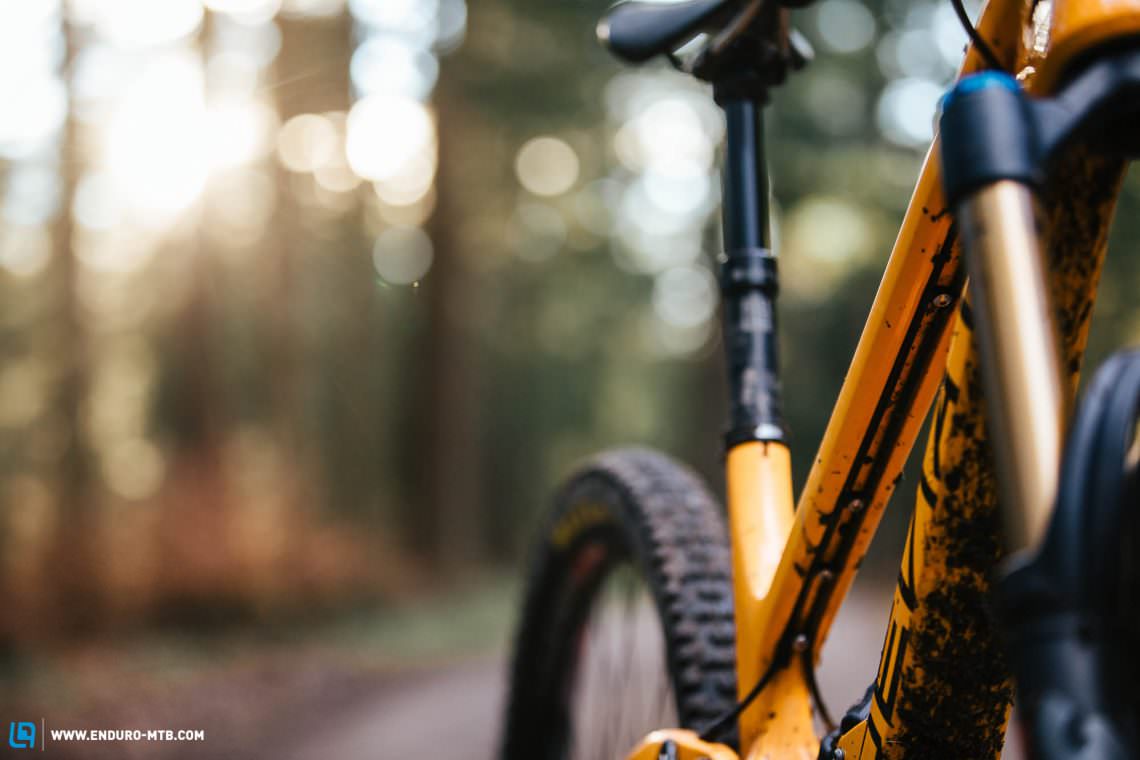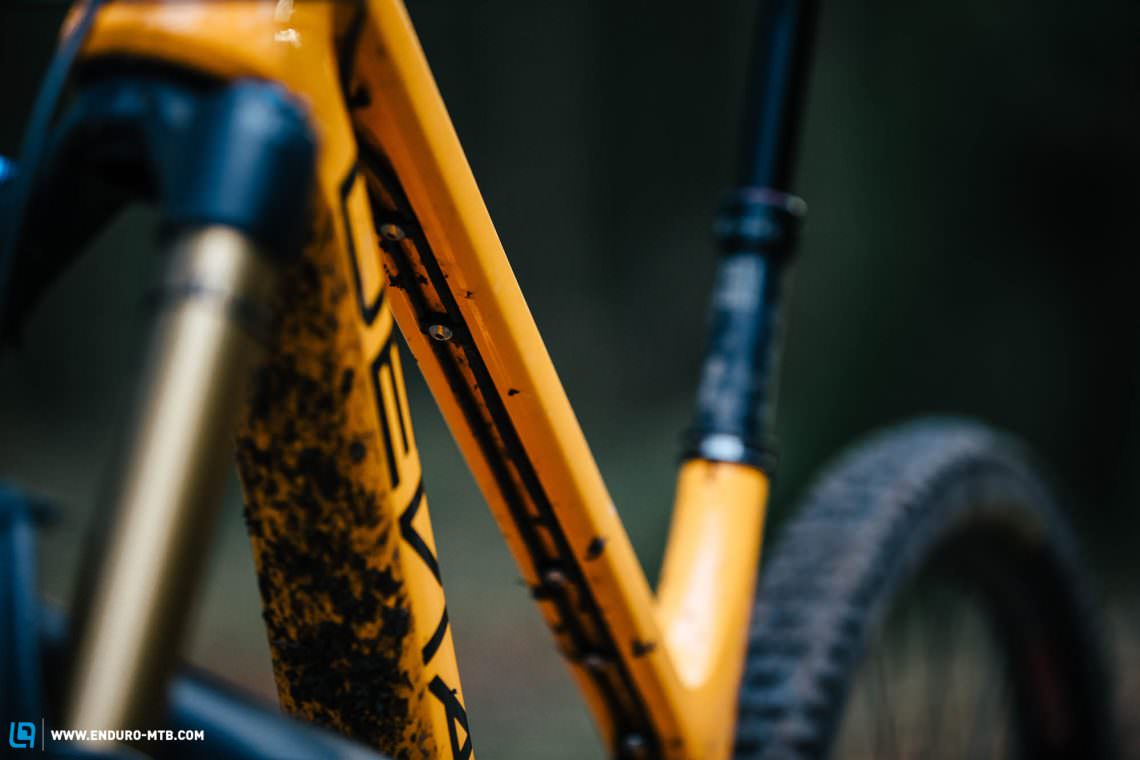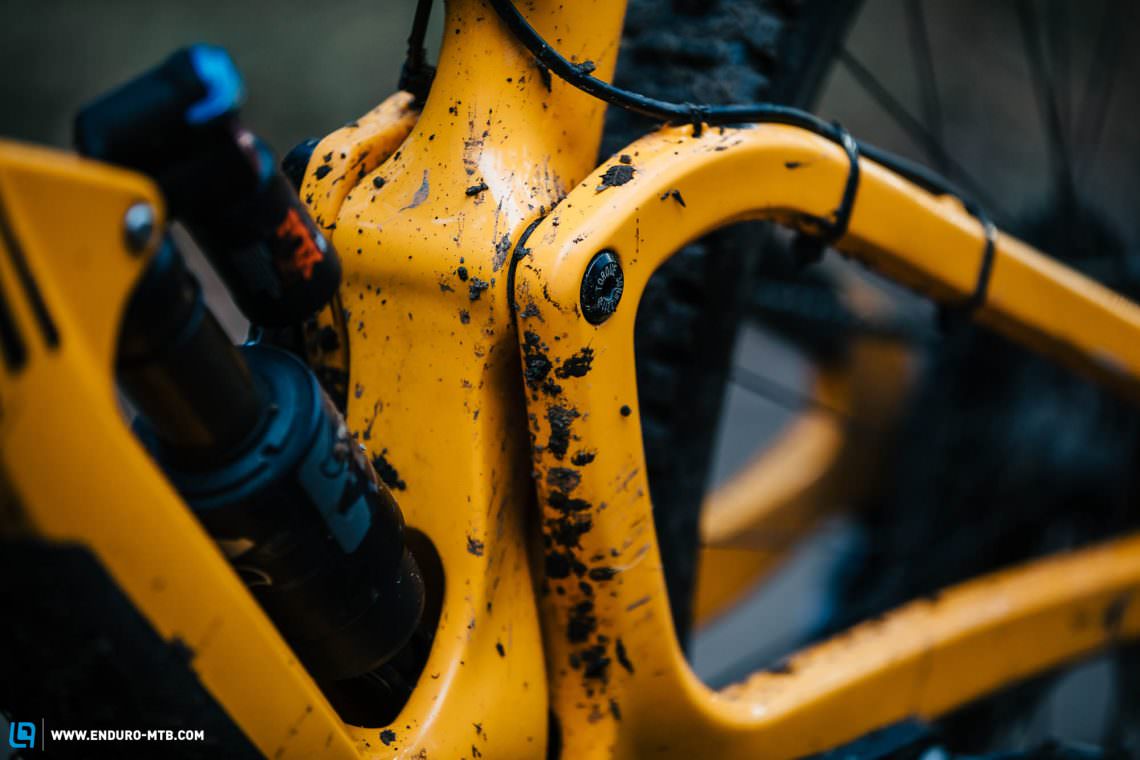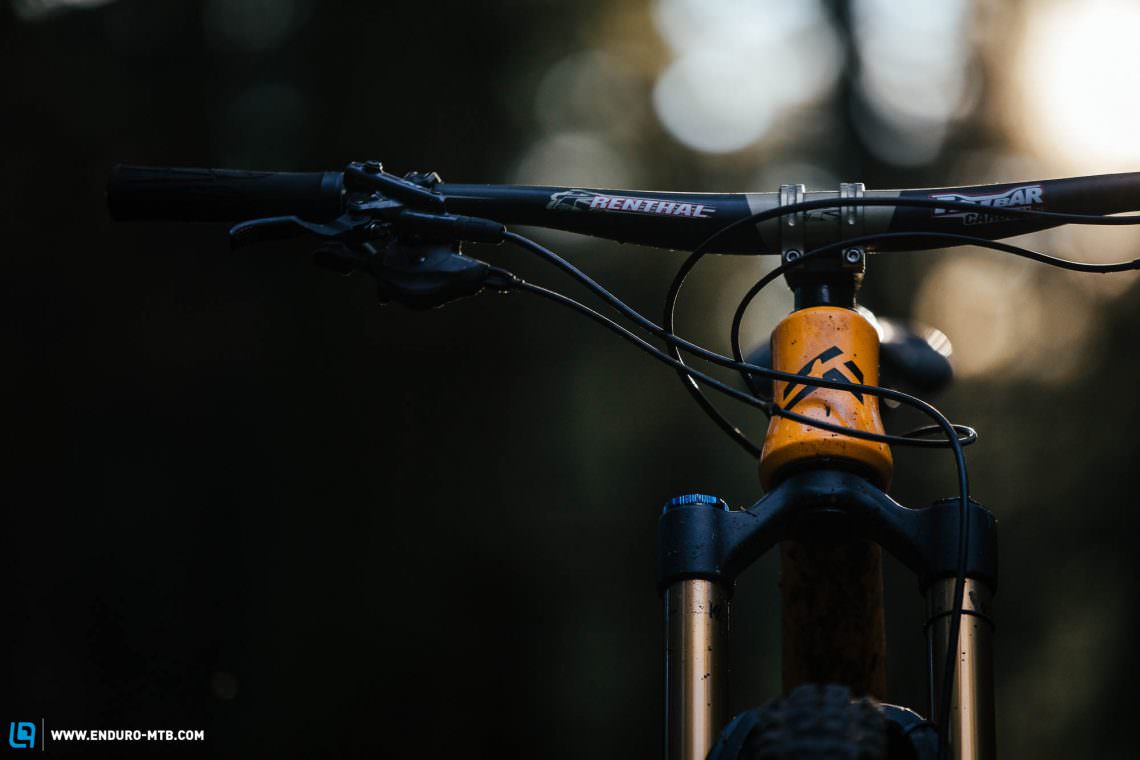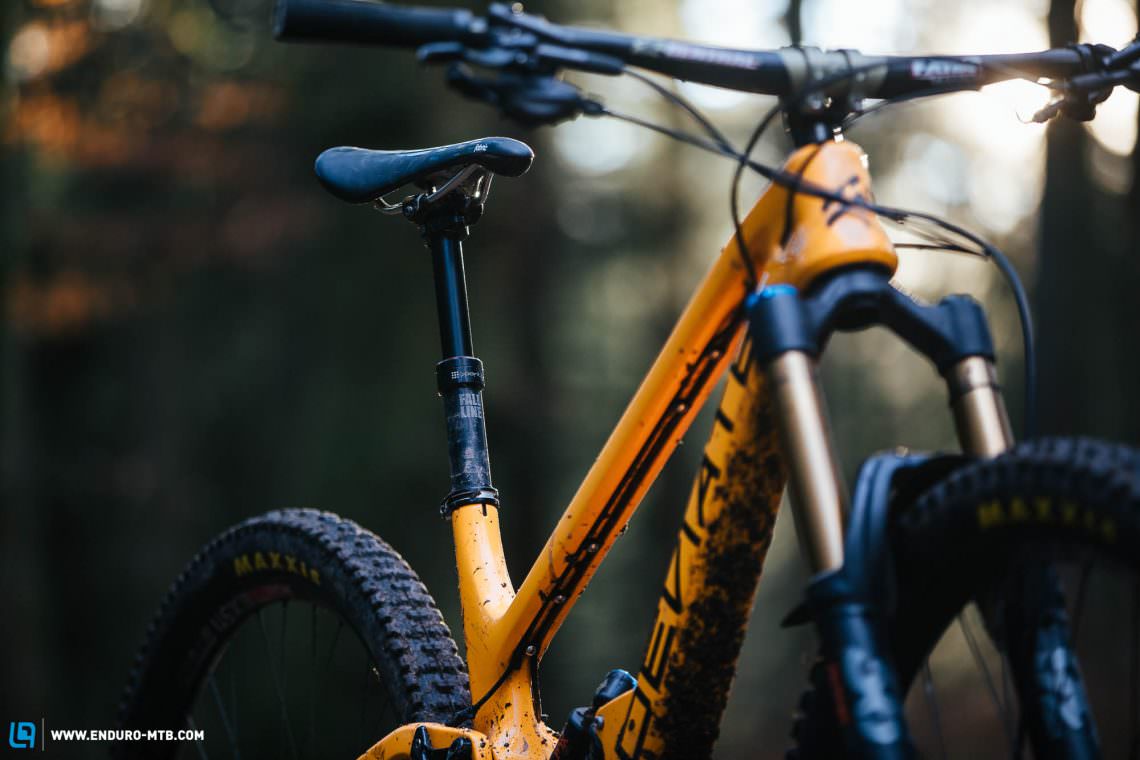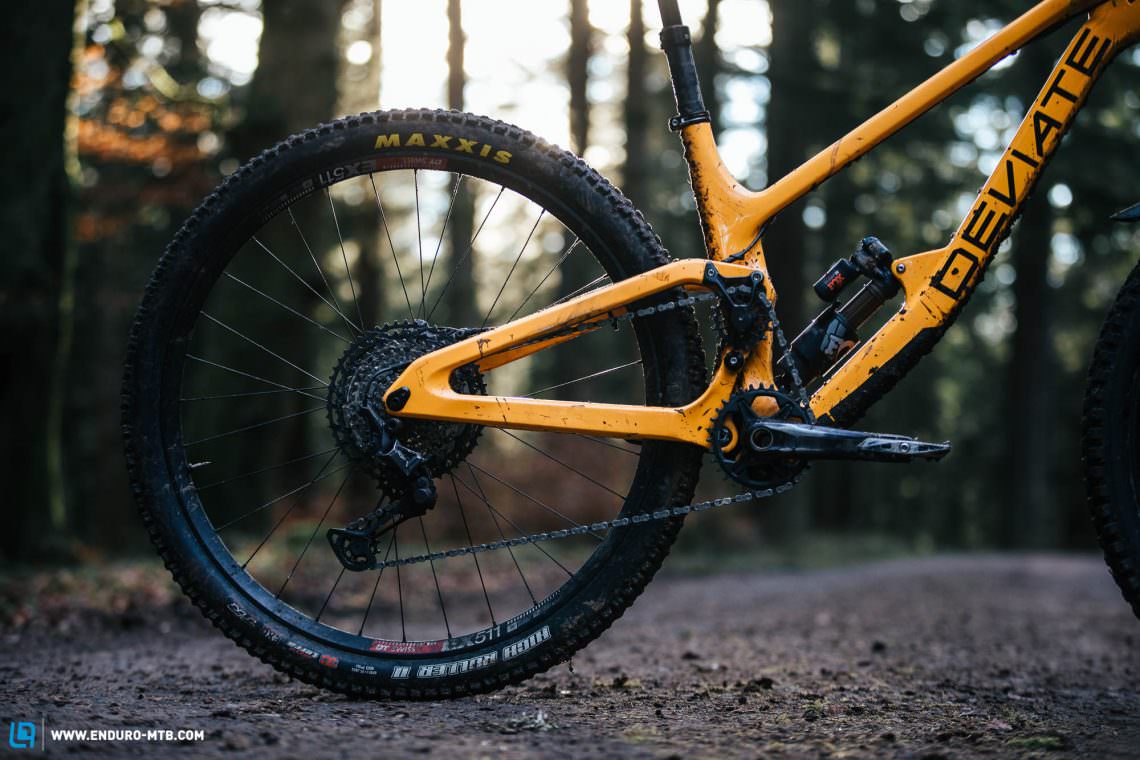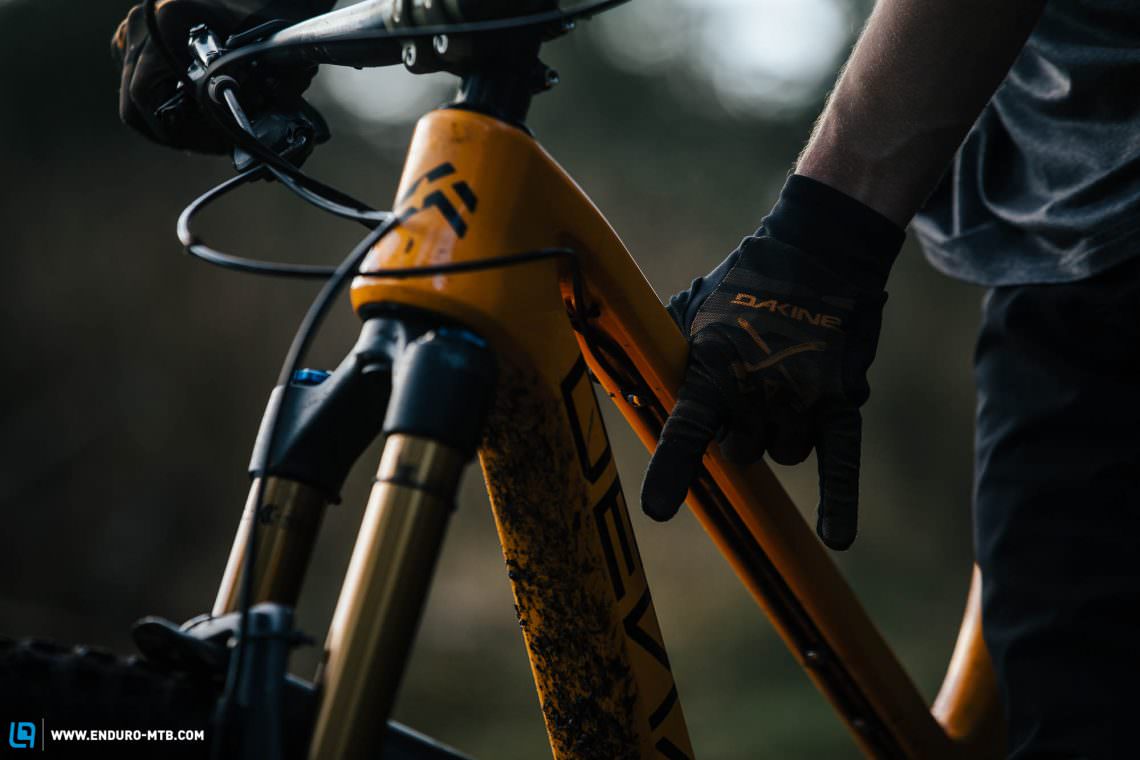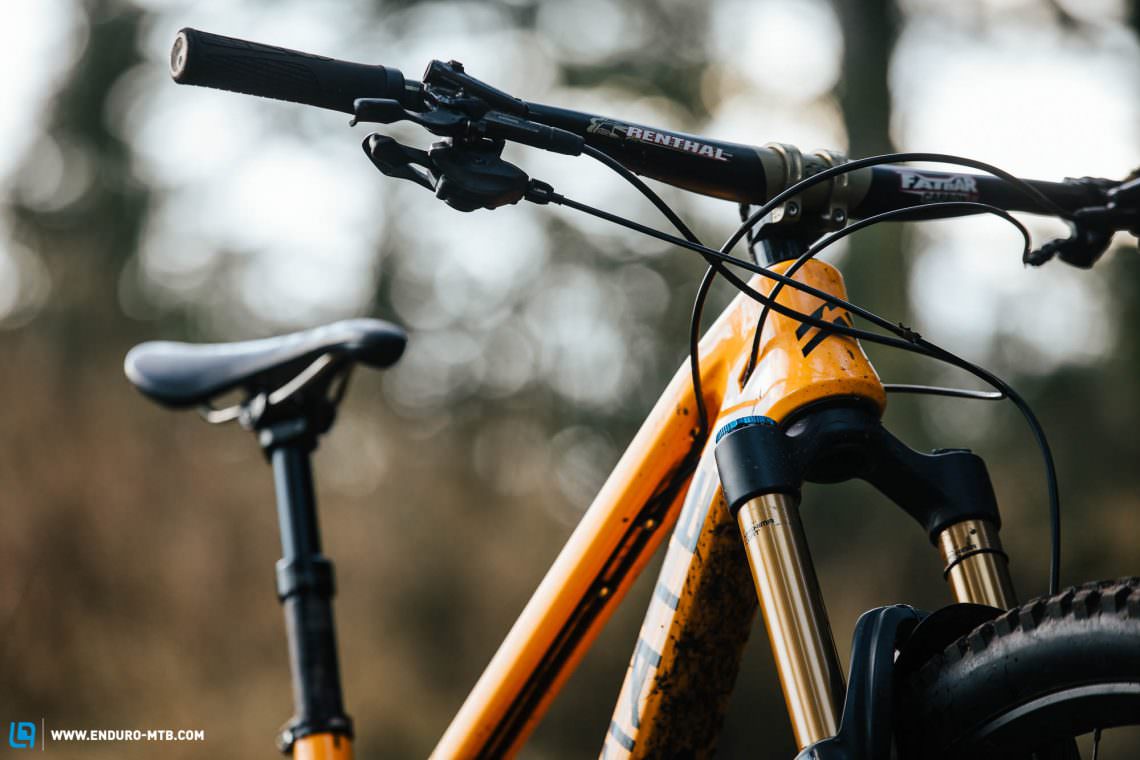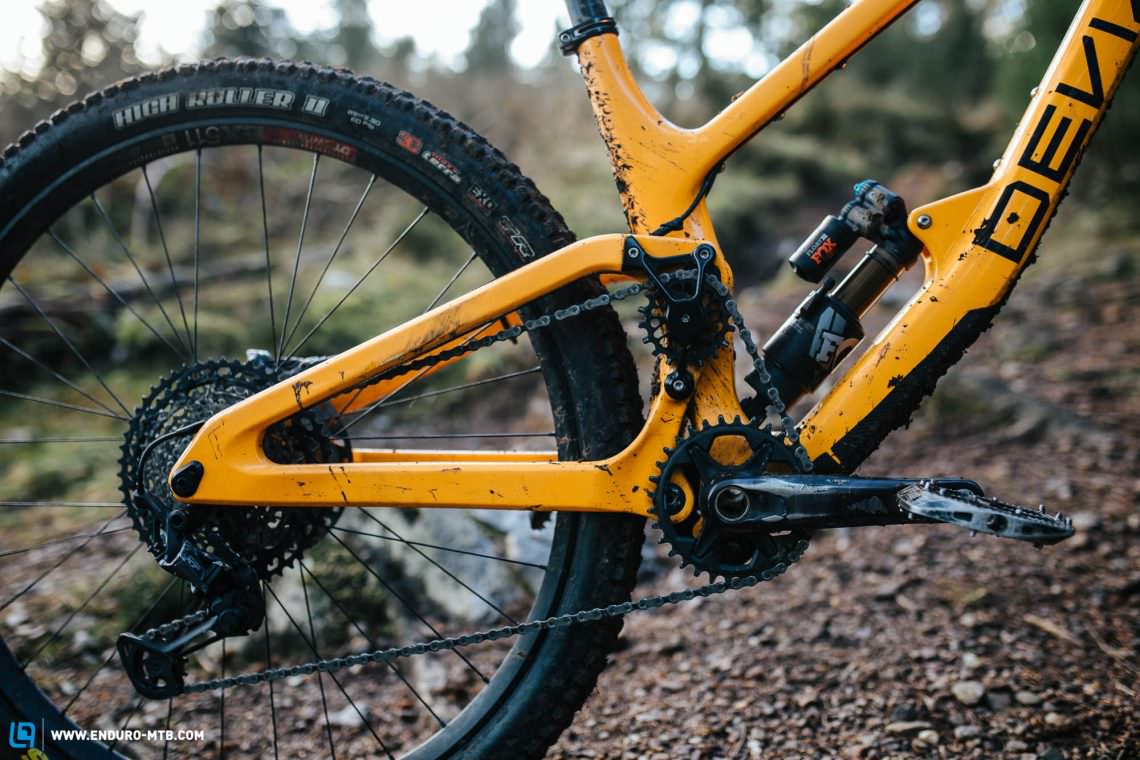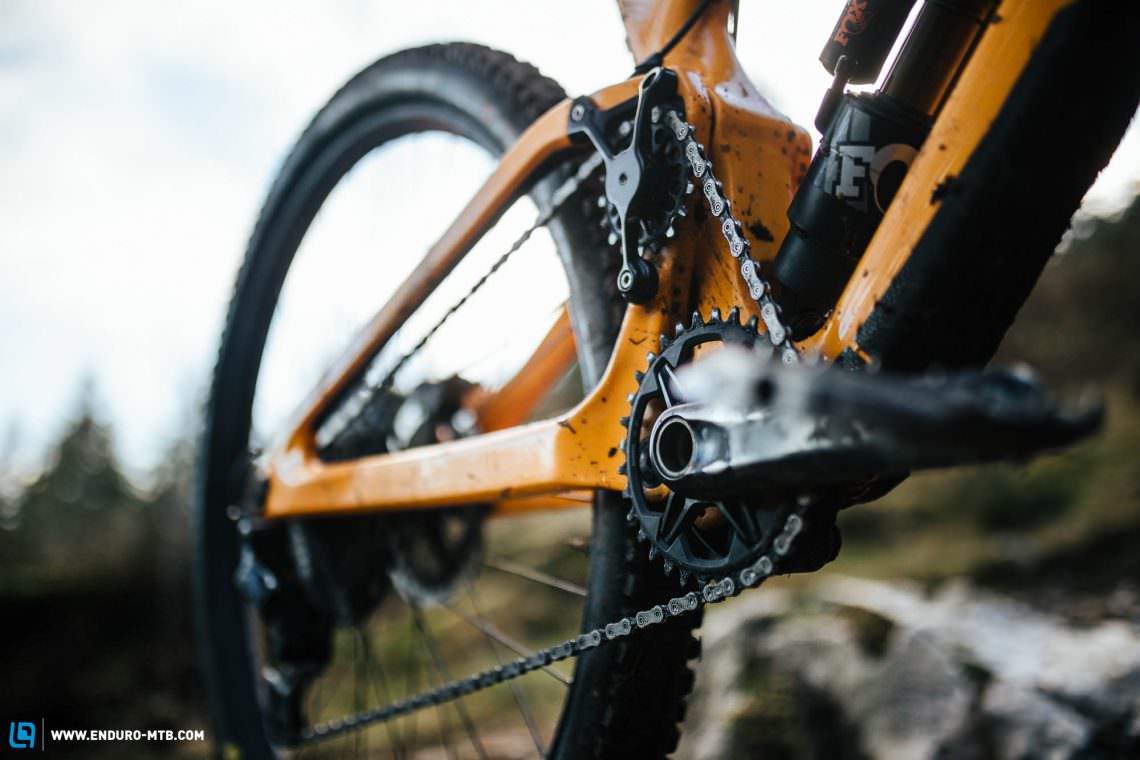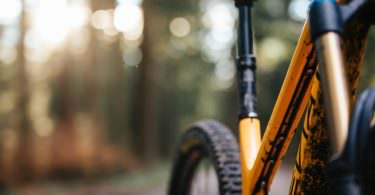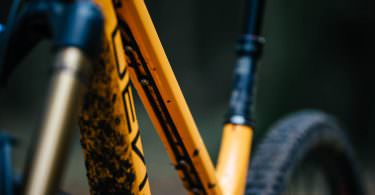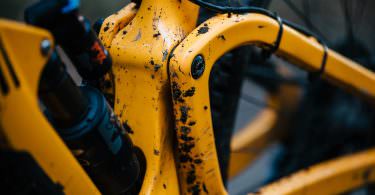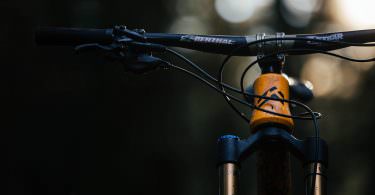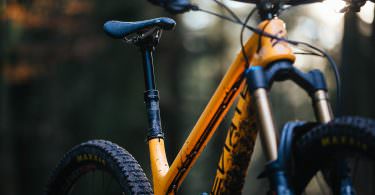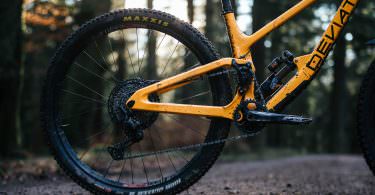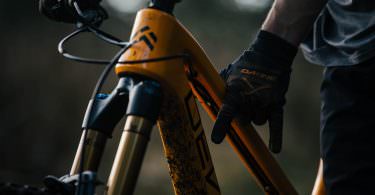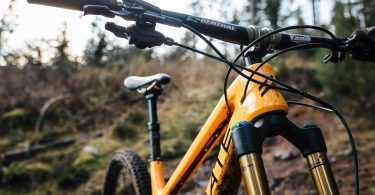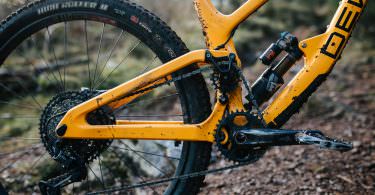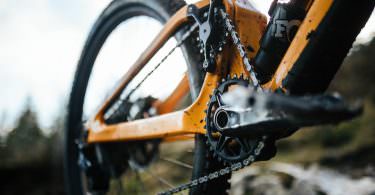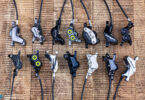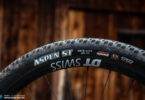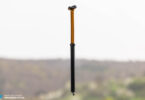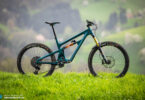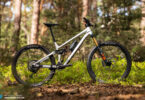To deviate is to depart from an established course. For friends Ben and Chris, launching Deviate Cycles was certainly a jump into the unknown. Just how do you go about launching your own bike brand?
Many things in life exist in equilibrium and balance. It’s a fundamental law of the universe that everything has a polar opposite. As we stand in the doorway of a small industrial unit on the edge of Stirling, Scotland that is soon to be Deviate Cycles’ new HQ, it’s clear that they are still a company at the start of their journey. A DeWalt screwdriver buzzes as partition walls slot into place. There’s no contractors, instead Ben Jones and Chris Deverson, the two man team behind Deviate, are hard at work. They couldn’t be more different. Chris, an engineer, is softly spoken, quiet and considers his responses carefully. He stands in contrast to Ben who speaks confidently with the air of a man who has spent many years entertaining clients with stories during his guided mountain bike trips. Dissimilar in many ways, they are united by a love for bikes and as a pair they are bonded by friendship, each bringing a different skillset to the table. This is the story of how two friends built their own bike company.
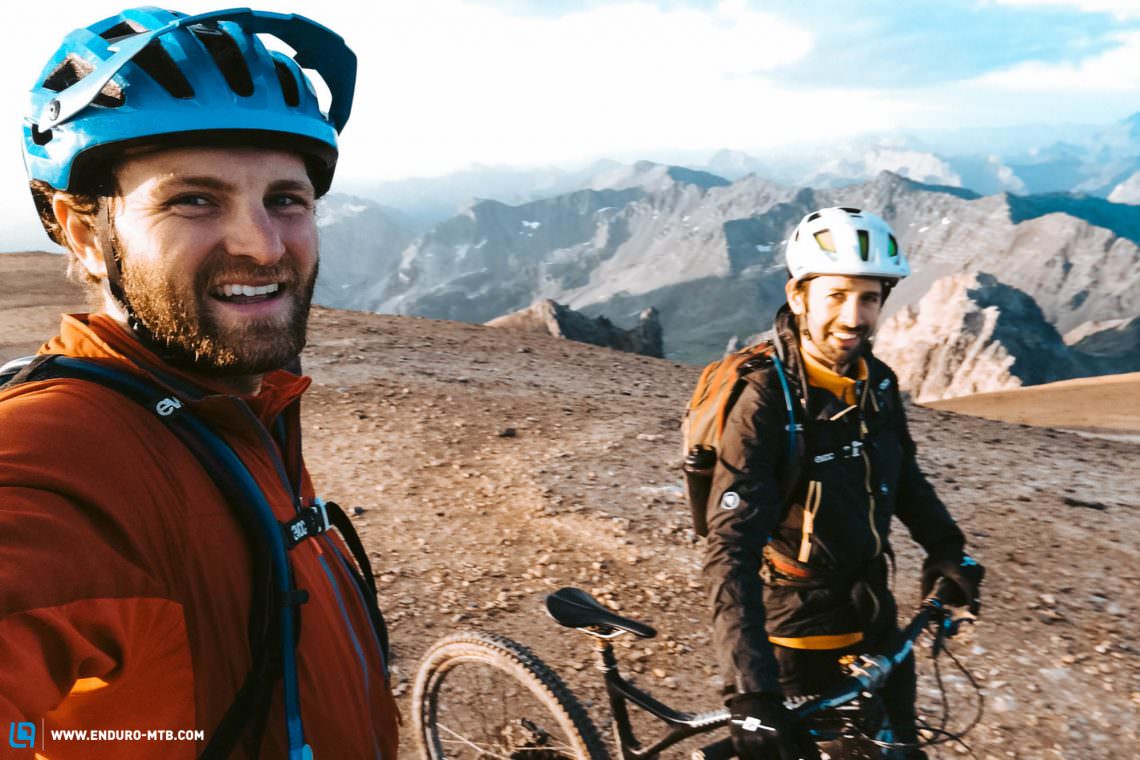
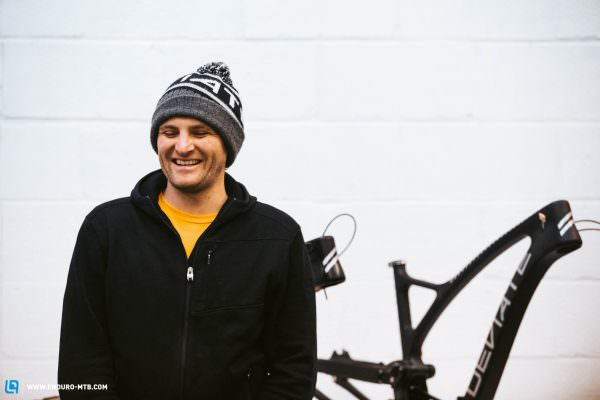

We’ve all dreamt of designing our own bike but few of us actually do. Perhaps that’s no bad thing, or else the market would be flooded with terrible bike designs. It’s certainly not as easy as it once was. Bike design has come a long way since industrious home engineers were welding two triangles together but for some people, that rolling stone of an idea builds momentum, picking up speed until it can no longer be ignored. That’s exactly what happened to Chris Deverson, one half of Deviate Cycles.
Within seconds of meeting him, you can tell Chris is a natural born engineer. Every time the conversation becomes technical you can almost hear his brain racing, effusing ideas and concepts that the cycling world isn’t ready for. After studying mechanical engineering at the University of West of England, he scored the ‘holy grail’ job working in the motorsports industry. He should have been set for life, but that rolling stone was still gathering speed. “My brain just couldn’t stop thinking about building the best bike out there.” He had to make a decision. Continue on the safe path or quit it all and take a risk in the pursuit of an idea?
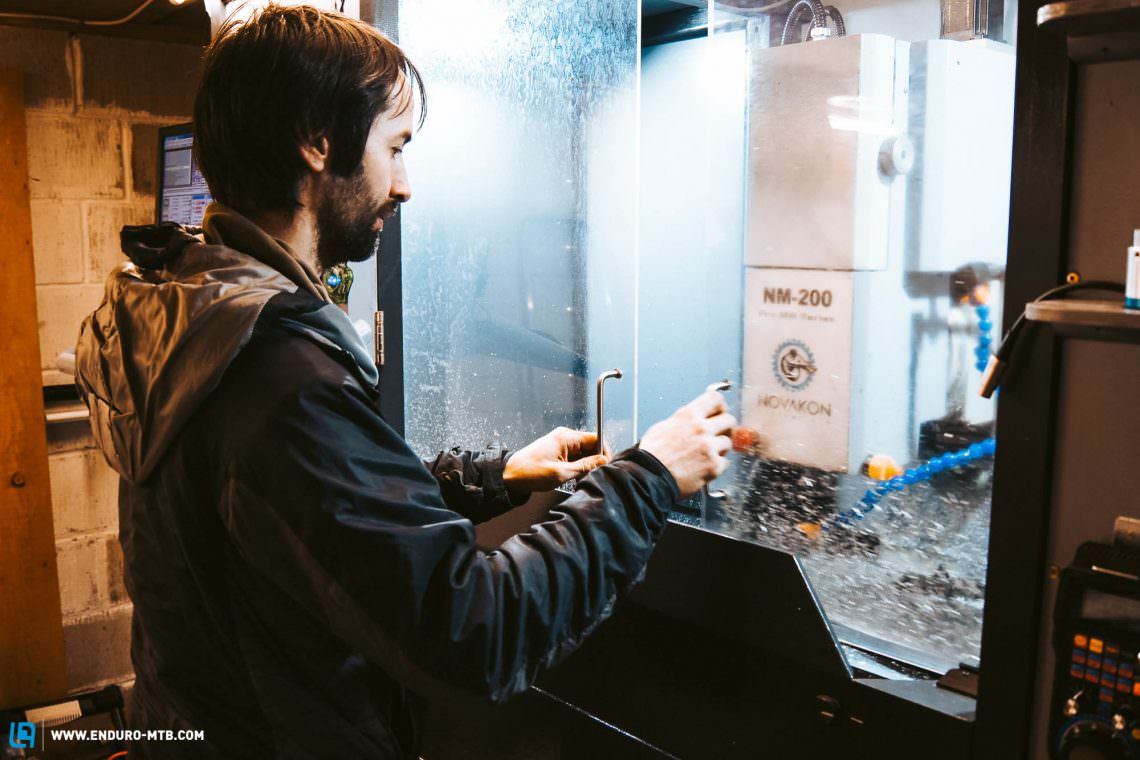
I had lots of ideas and theories I wanted to test but I didn’t really know what the market wanted, so I decided it was time for some market research
Chris took the risk and jumped head first into mountain biking’s front line, guiding in the French Alps where bikes have to face the ultimate challenge and are all too often scrapped in the graveyard of destroyed components. Joining the once (somewhat notorious) guiding company trailAddiction, Chris soon started to learn that the bikes of the time (this was 9 years ago) just weren’t up to the task. It’s also where he met Ben Jones and a friendship began that would shape both their futures.
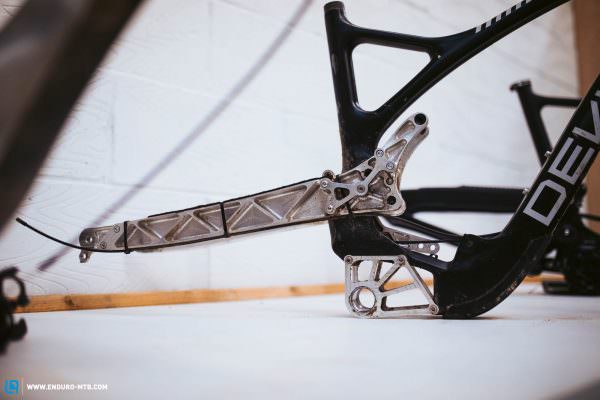

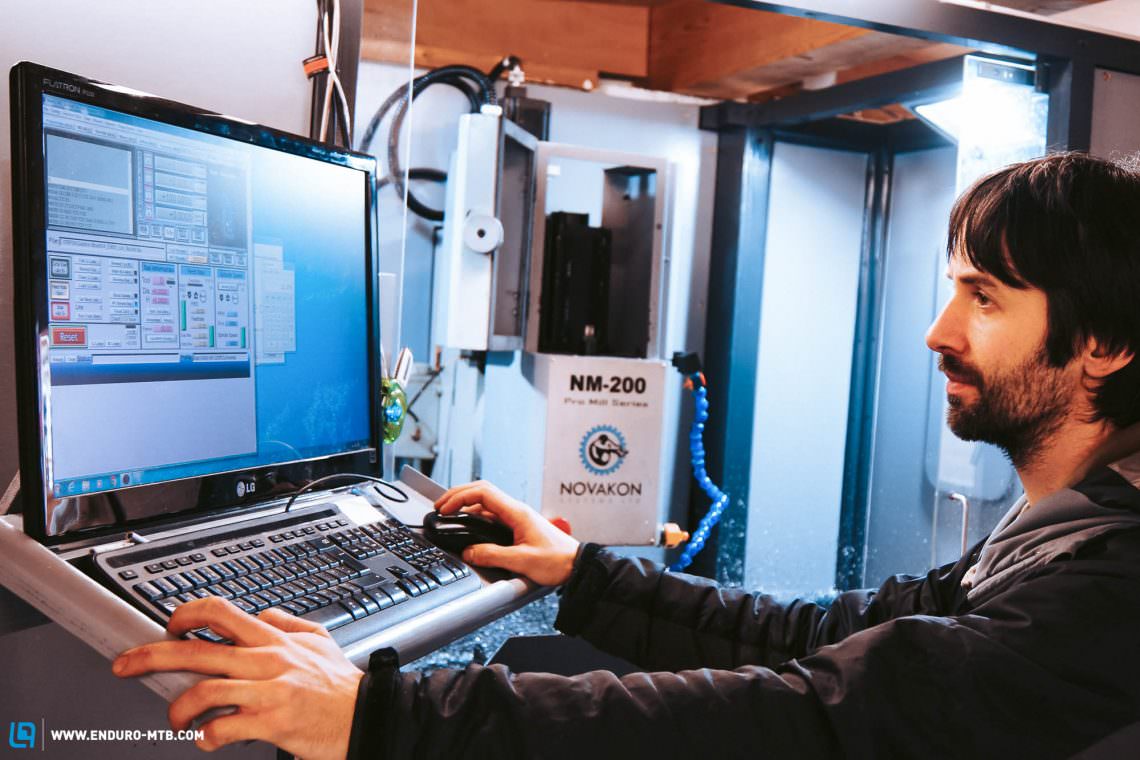
A polar opposite, Ben had no desire to release a bike of his own. A self-proclaimed technophobe, he had little interest in design and engineering and just wanted to ride good bikes on the best trails in the world. “I never had any technical background at all, I had a toolbox, but it had nothing in it. I was good at bleeding disc brakes though, that was a daily occurrence. I do remember chatting to Chris and saying that I think it could be done better though. It was the time when we were starting to see the first proper enduro bikes that could be pedalled up and smashed down. That year, the team received five bikes from a popular brand and during the season every one of them snapped.” Noticing Chris nodding in agreement, Ben laughs, “All except yours Chris, you don’t ride hard enough.” At the end of the season, the dream was over, the lads parted, but a solid friendship had been forged. Chris boarded a plane to chase the endless summer in New Zealand, spending his free time churning out optimisation routines, working on suspension kinematics and translating his ideas into models.
If I came from another planet, landed here and I saw the current bike designs, I would say, ‘Why did they do that?’
The years passed and after the collapse of trailAddiction in 2106 Ben tapped into his entrepreneurial spirit and launched his own guiding company. With his holidays in high demand, Ben knew he would need help and the first person he called was Chris. Chris took little convincing and that summer the duo were back together, putting together routes, opening new trails and reconnecting with old clients. With the stone still rolling, Chris would frequently talk with clients, excitedly describing his ideas for a perfect bike. Business was good and the company was making money. Ben was sitting with the group one day, admiring another incredible view, when from within the group came a question. “So, when is Chris going to sort his bike out?” All the way down from the summit, Ben could not get it out of his head and that evening the conversation switched to Chris’ wild ideas.
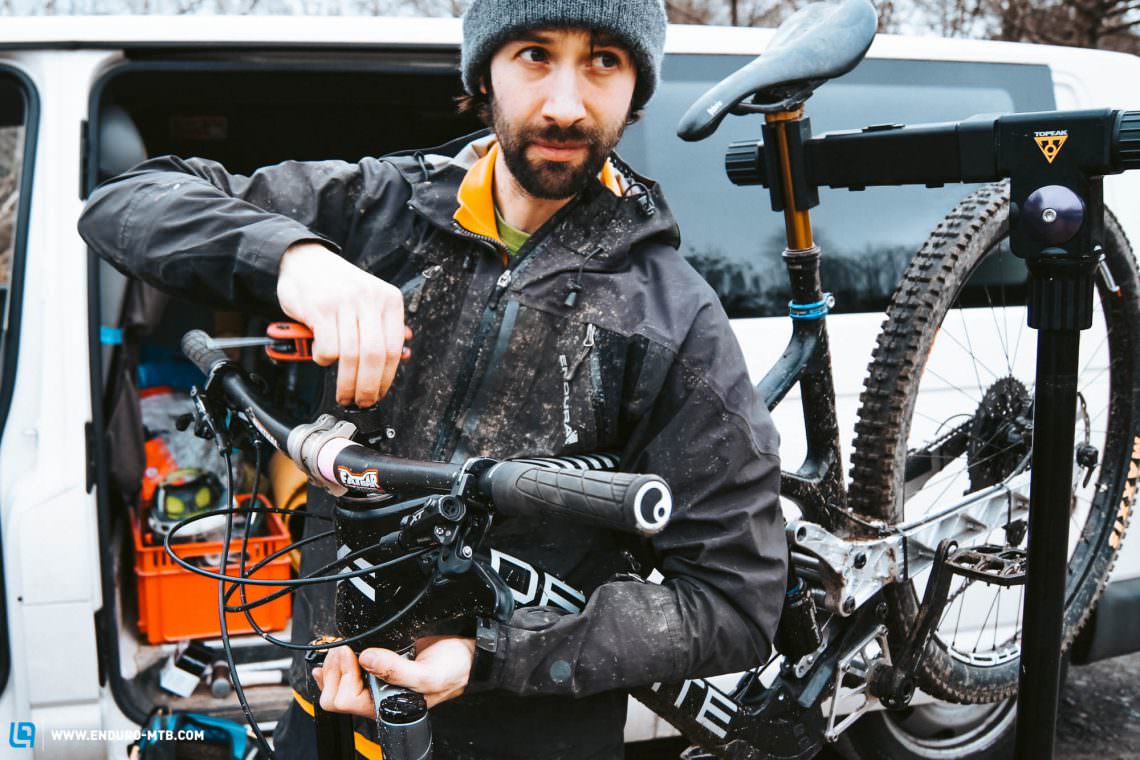
I was super keen to be involved in the manufacture of a bike but the ideas Chris had were so far from the status quo, I was worried that people would not be able to understand them.
That evening a pact to create their own bike brand was made. With Ben’s support and belief, Chris stepped on the gas and prototype frames came thick and fast, all produced by hand. “You should have seen the early ones made of carbon in his shed, they looked like plasticine models of a bike. No thought to aesthetics, purely engineering. Some had a gearbox lurking inside, no chain, all internalised. They were hard to understand,” Ben laughs. While Ben set about securing funding and conducting market research, Chris began fabricating prototypes in aluminium, testing different principles.
Long before the idea became popular, Chris’ dream bike would always have a gearbox – getting the drivetrain out of the mud and reducing the unsprung mass at the rear wheel was a priority. Ben agrees, “I did not believe Chris when he first mentioned that the suspension was so much better with a gearbox. Up until then, on every bike I had ridden the suspension felt roughly the same. Then I jumped on the prototype Guide and that was really the moment for me when I realised the full potential. It felt immediately different, in a good way.” Armed with a working prototype, the duo faced two critical decisions – what the bike should look like and how to get it made. If this journey was a game of poker, the next hands would see them going all in.

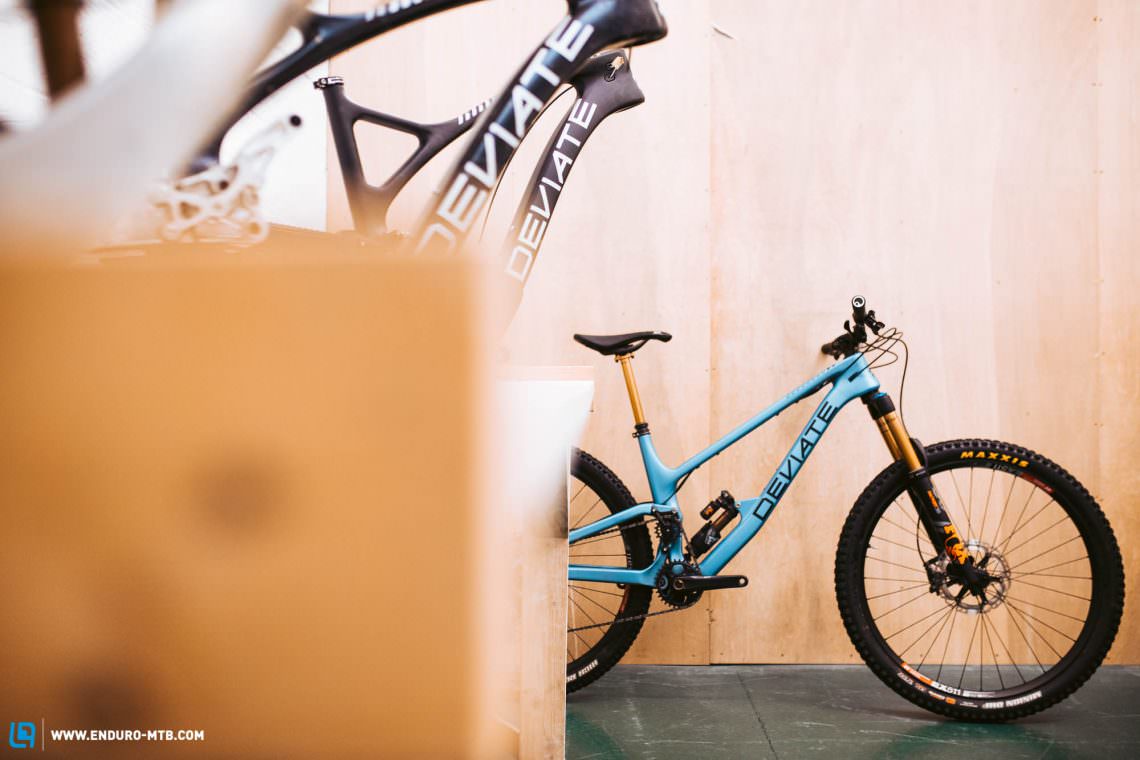
“I’m not a graphic designer and I was no art prodigy at school but I was really pleased how the frame designs came out,” laughs Chris. Ben quickly interjects “Ha, I remember it well, you sent me the pivot points and said we need to fill out the middle of this, I was like, ‘Chris I don’t know mate, a triangle?’” The actual manufacturing proved less complex than they had feared. “For the quantities we were talking about [around 50 bikes] we decided to go all out and develop a carbon frame. Carbon allowed us to achieve the weight and look that we wanted and because our numbers were so low there was not much difference in cost between opening a carbon mould, or tooling up for aluminium production.” Finding their factory was a stroke of luck though…
“I ordered some aluminium tubing off a guy on a social forum to make a prototype and I noticed he had photos inside a carbon factory on his stream. I reached out and he gave me a contact called Bob out in Asia. Bob was amazing, helping us find a factory to work with and connecting me with people who could help,” Chris explains. “We sent drawings, models and of course money, and the factory was great. They were very involved in the design and production stages with us, constantly suggesting small changes to improve the design for manufacture. It gave us confidence that they knew what they were doing. We wanted it to be perfect so the last thing we wanted to hear was, ‘No problems, we will sort that.’ We wanted every detail to be as good as it could be.”
As they always do, the bills started to roll in. This is where Ben could flex his ‘muscles’ in the partnership. A natural deal closer, Ben secured early external investment, providing enough cash flow to open the moulds. “It was a big day to get investment to make it happen and it’s quite frightening to see how fast a very large sum of money disappears. It’s the little things like downtube protection. You see the invoice and you go, ‘HOW much!?’ Features like a moulded chainstay protector that everyone expects, would not have been found on a bike ten years ago. You would have clean chain stays and be expected to sort it out yourselves. That’s where the additional costs come in.”
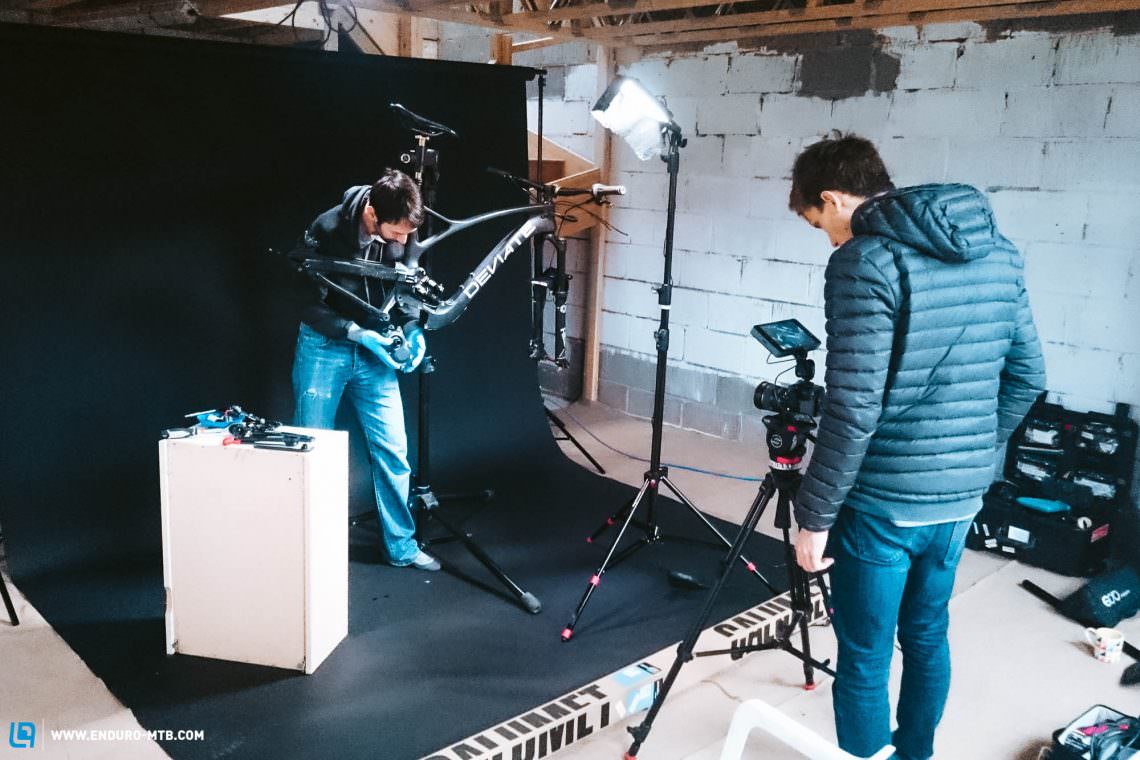
Ben laughs as he thinks back on the arrival of their first three samples. “It was a crazy day, we were booked to drive to Italy the next day and had no photos of the clean bikes. We needed somewhere to photograph them and the only place we could think of was my mum’s house. My mum is not a fan of my stuff in her house at the best of times, so you can imagine her response when she found out we had turned her conservatory into a makeshift studio. It was perfect, there was lighting from all three sides, like a big softbox. None of us are photographers, so we went to a photography store and bought a tripod, camera and some studio backdrops. Somehow they worked out alright and we still use them today.”
“As soon as the bikes were shot, we took the punt and drove with the bikes to Italy for a season of guiding. It was a risk for sure. If they didnt work, we would have had to pop to a bike shop and buy new bikes at full retail.” Luckily the bikes performed well, aside from initial teething issues with the idler tension. “I guess that’s the main point – we very much decided from day one that we were out to compete with the people who are doing it properly. Ultimately people are looking for a certain level of finish and we work really hard to make sure our customers are well looked after. That’s why people are choosing to stay with the brand as we release new bikes. If you’re honest with people I think that helps. We have always gone down the road of total honesty. If something is wrong and we need to re-design it, we let people know and make sure we keep our current customers happy. I want someone who buys any one of our bikes to have the same faith in their decision as someone who buys a Yeti or a Santa Cruz with their renowned warranty but with a faster reply to their emails”.
Two years down the line and the Deviate Guide has garnered good reviews and gained something of a cult following. Deviate are now moving onto the next stage in their growth, with the release of a second bike, the Highlander. It’s still a high-pivot design but now equipped with a derailleur in place of the Pinion gearbox. With Chris’ deep-seated belief in gearboxes, it’s a surprising turnaround. “We had a huge amount of interest in the Guide, which has equated to sales but not at the level you would imagine following the interest in the bike.
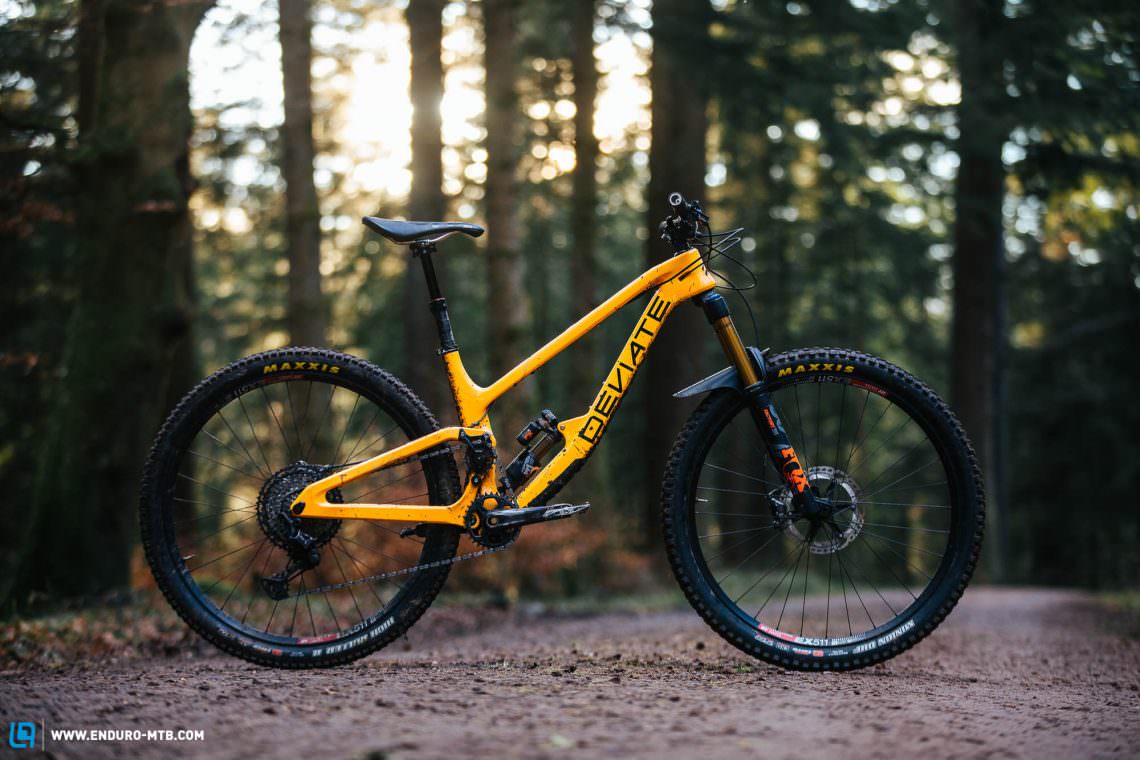
The most important thing for us was that the reaction to the bike has been overwhelmingly positive. Most of our customers are still running their Guides, coming back to us for spare parts and we have a core following. However, as an ongoing commercial prospect, we were hearing reservations about the gearbox… and it’s really hard to go global when people cannot try the bike. The new Highlander will be different, being more familiar, people can see the angles and numbers and know how it will ride,” Ben explains.
I guess it’s like electric cars. Everyone knows what a Tesla is and likes the idea of them but is your next car going to a Tesla? Are you going to walk into the showroom and pay that premium price tag? It’s hard to convince people to commit to something like a gearbox bike before there is critical mass.
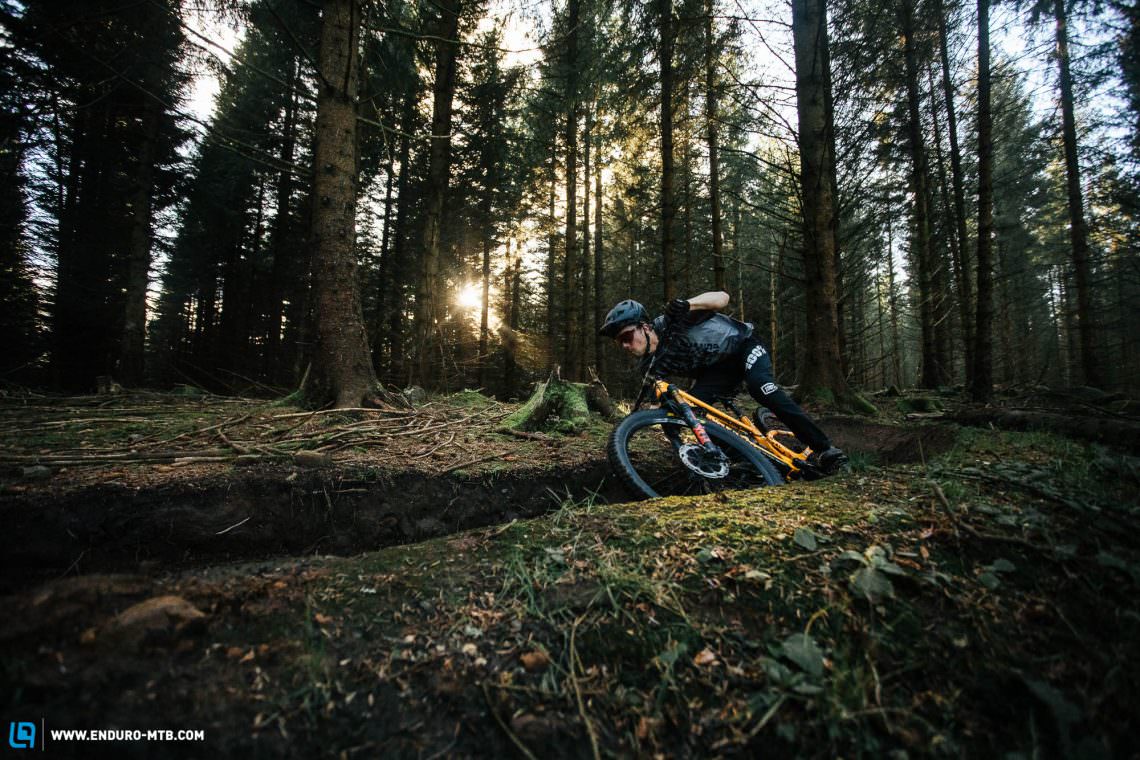
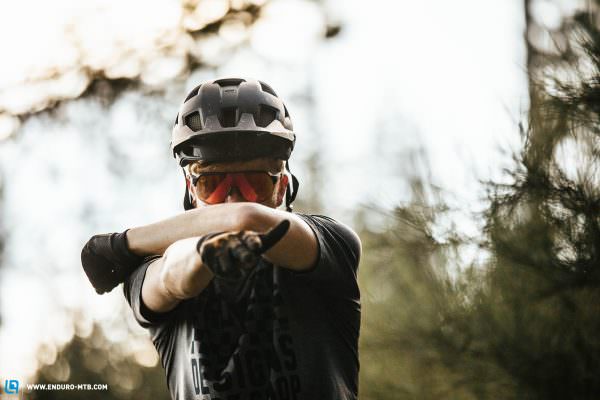
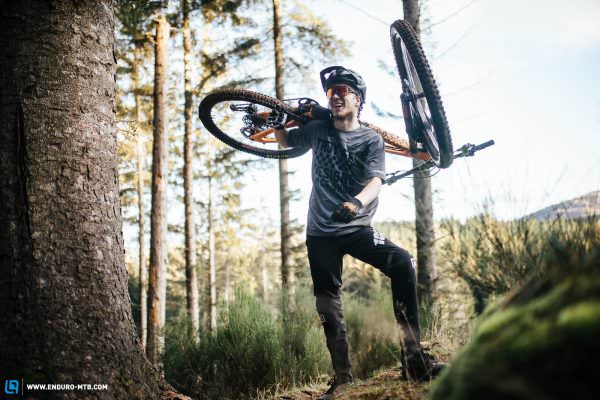

So did Deviate sell out on their gearbox dream? “Not at all,” Ben laughs. “With the new Highlander, it was never a decision to release a non-Pinion bike. With an open mind, we made some prototypes that featured a bolt-in bottom bracket which could be swapped for a gearbox. After back to back testing on the same frame, up and down, while a derailleur could not replicate the unique suppleness of the suspension when a gearbox was used, for the fast agile trail bike we wanted the Highlander to be, a derailleur made more sense to us. With the release of the Highlander, a new bike, new premises and new hope, Deviate are at a new stage in their journey. The new Highlander puts their high pivot concept into a more familiar package. After reviewing it, we have to agree that it’s an outstanding bike.
However, this is not just a story of how to start a bike company. This is a story of friendship and of the power of two. Ben and Chris, in many ways polar opposites, each has drive and passion but needs the skills of the other to reach their goal. United, their team works. As Coronavirus continues to disrupt supply chains and damage economies, the duo now face a new and unexpected challenge, but, with their powerful bond of friendship we are confident Deviate will weather the storm. Sometimes the best path can only be found by deviating from the established course.
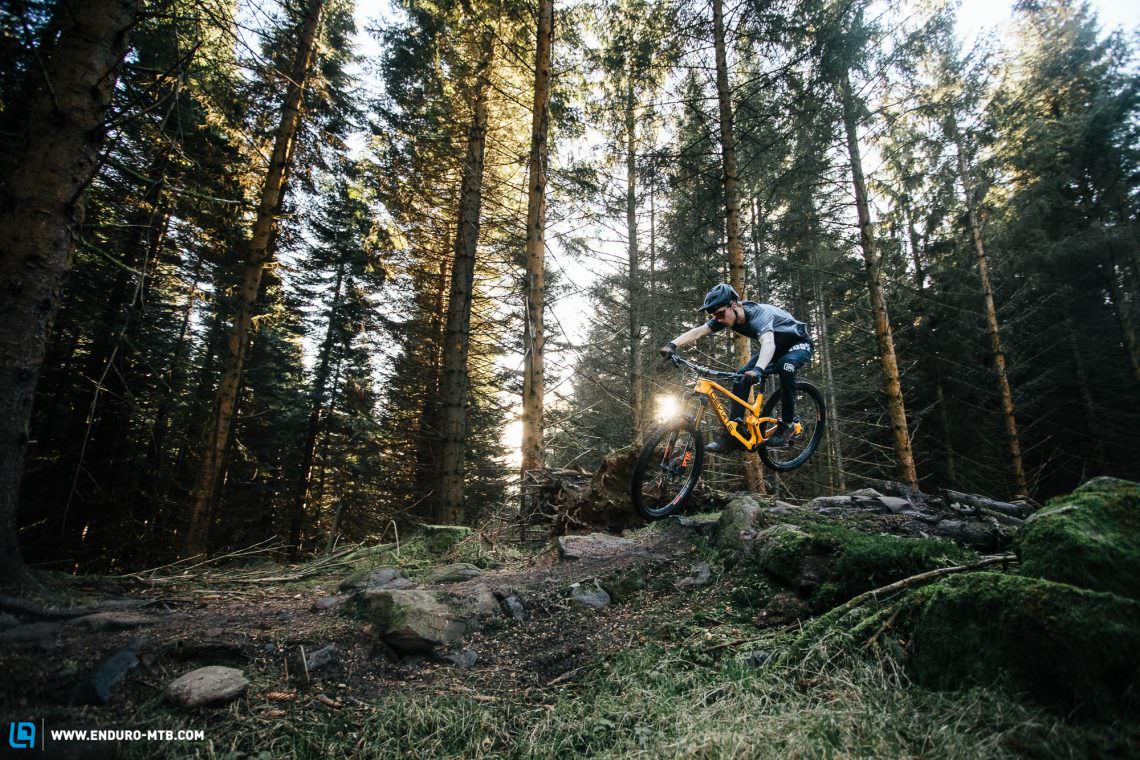
Did you enjoy this article? If so, we would be stoked if you decide to support us with a monthly contribution. By becoming a supporter of ENDURO, you will help secure a sustainable future for high-quality mountain bike journalism. Click here to learn more.
Words & Photos:



